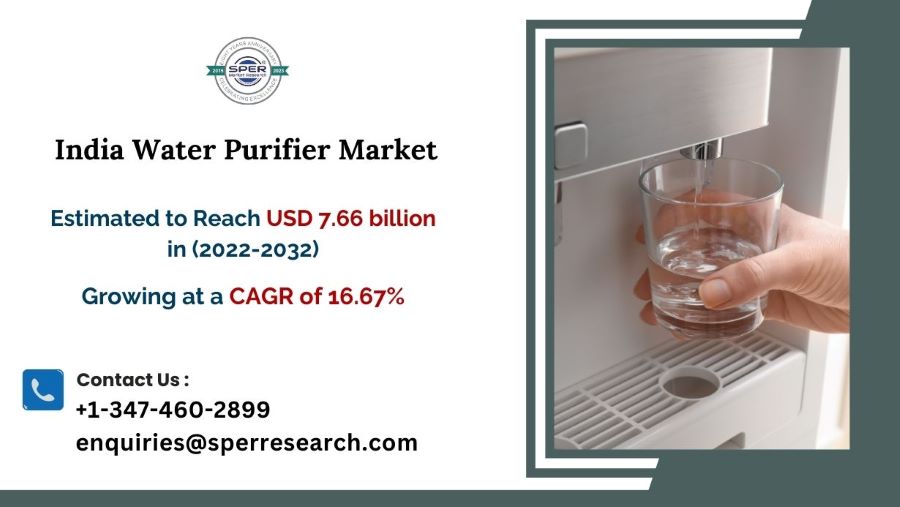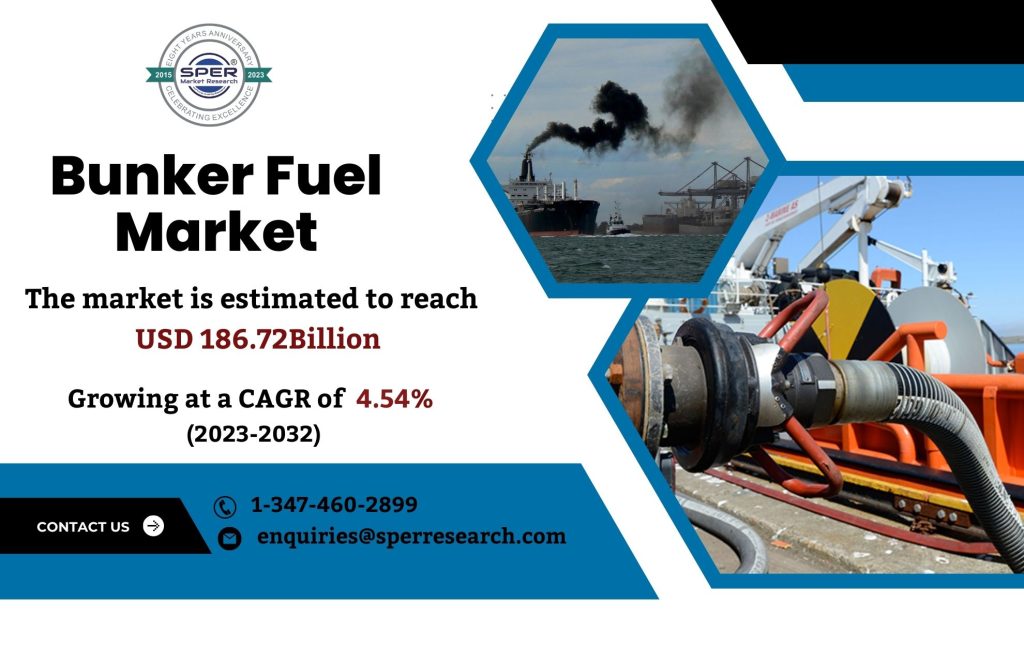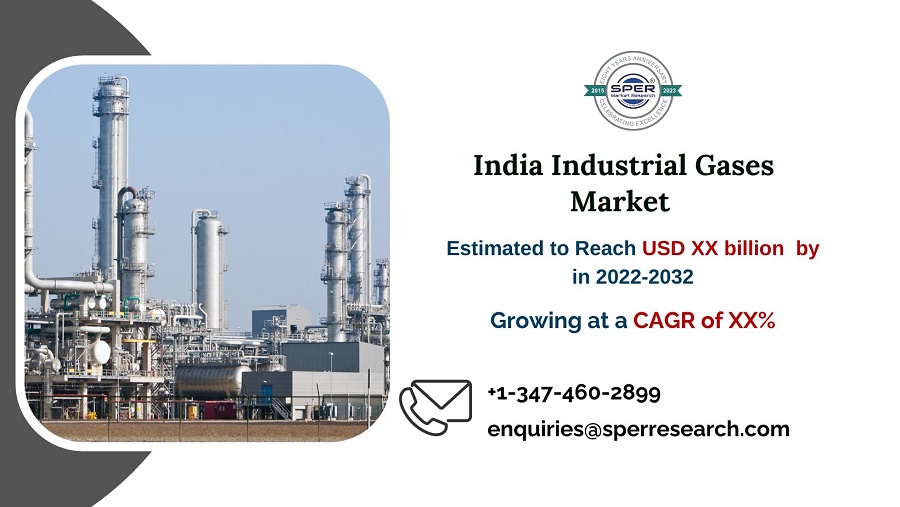Battery recycling is an effective method for reprocessing and reusing batteries, reducing the quantity of batteries discarded as waste. Recycling has emerged as a key principle, with less environmental effects than the exploitation of new resources. Direct recycling might significantly cut both energy consumption and emissions. The recycling of discarded electric batteries has enormous potential and offers significant economic benefits. Several standards and regulations have been created to ensure consumer product safety, safe handling, storage and treatment, reuse, recycling, and disposal of batteries used in a variety of applications.
According to SPER market research, ‘North America Battery Recycling Market Size- By Type, By End User Industry – Regional Outlook, Competitive Strategies and Segment Forecast to 2033’ state that the North America Battery Recycling Market is predicted to reach USD 10,616.72 million by 2033 with a CAGR of 12.23%.
Drivers:
Government regulations aimed at safeguarding the environment, conserving resources like lithium, nickel, and lead, and providing economic incentives have boosted the North American battery recycling industry. The United States Environmental Protection Agency (EPA) regulates lithium-ion batteries, prohibiting their disposal in household garbage or recycling bins, and Federal Battery Laws, which phase out the use of mercury-containing batteries and require the recycling of small sealed lead-acid and nickel-cadmium batteries. Furthermore, many states in the region require battery manufacturers and merchants to obey recycling laws, which helps the regional battery recycling industry. Furthermore, the implementation of PPR (Producer Responsibility Programs) requires manufacturers to responsibly collect and dispose of items at the end of their battery life cycle.
Restraints:
Safety concerns may lower demand for battery recycling in the North American market. Batteries can be hazardous to collect and recycle because of their high toxicity levels, which can have an impact on worker and environmental safety. Furthermore, a lack of public education regarding proper battery disposal from basic consumer electronics may have an impact on the growth of the North American battery recycling business. Furthermore, some recycling operations, such as battery smelting, can generate greenhouse gases that have a direct impact on the environment, causing air pollution and a drop in demand for battery recycling in the North American market.
Request For Free Sample Report @ https://www.sperresearch.com/report-store/north-america-battery-recycling-market.aspx?sample=1
In North America, the United States has more confirmed COVID-19 cases than either Mexico or Canada. The region’s need for battery recycling has decreased as a result of substantial disruptions to manufacturing facilities and raw material suppliers. The region’s battery recycling sector has been impeded by a distorted supply of used batteries and inefficient operational processes. However, as the economy improves, many firms are making strategic investments in environmental sustainability. This is expected to promote battery recycling market growth throughout the forecast period.
Canada is the country with the fastest growth rate throughout the projection period. An increase in environmental awareness, tough government laws such as battery recycling programs and schemes, and a thriving EV industry have all aided the country’s battery recycling business. Key players are Ballard Power Systems Inc., Bloom Energy Corp, Clearedge Power, Fuelcell Energy, Hydrogenics Corporation, Nuvera Fuel Cells, Oorja Protonics, Plug Power Inc, Protonex Technology Corporation.
North America Battery Recycling Market Segmentation:
By Type: Based on the Type, North America Battery Recycling Market is segmented as; Lithium-Ion Batteries, Nickel Batteries, Lead Acid Batteries, Others.
By End User Industry: Based on the End User Industry, North America Battery Recycling Market is segmented as; Consumer Electronics, Automotive, Industrial, Energy, Others.
By Region: This research includes data for United States, Mexico, Canada, Rest of North America.
Related Reports:
Follow Us –
LinkedIn | Instagram | Facebook | Twitter
Contact Us:
Sara Lopes, Business Consultant – USA
+1-347-460-2899









